To ease your family from lazy summer days into the new school year, here are a few tips from my kitchen and my favorite bloggers. You can find even more great ideas on our Pinterest board dedicated to healthy, kid-friendly lunch ideas.
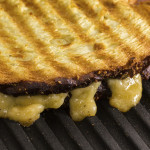 I’m always searching for ways to sneak broccoli into my daughter’s diet. Although as a toddler she snacked on this cruciferous vegetable with more gusto than a kid at a make-your-own sundae bar, these days more inventive recipes are required. This recipe for Roasted Broccoli Grilled Cheese by Two Peas & Their Pod is a healthy take on a classic lunchtime sandwich that even a picky eater will love. Other creative broccoli-inspired lunch ideas include Broccoli Cheddar Quinoa Bites by Alida’s Kitchen and Healthy Baked Broccoli Tots by Gimme Delicious Food.
I’m always searching for ways to sneak broccoli into my daughter’s diet. Although as a toddler she snacked on this cruciferous vegetable with more gusto than a kid at a make-your-own sundae bar, these days more inventive recipes are required. This recipe for Roasted Broccoli Grilled Cheese by Two Peas & Their Pod is a healthy take on a classic lunchtime sandwich that even a picky eater will love. Other creative broccoli-inspired lunch ideas include Broccoli Cheddar Quinoa Bites by Alida’s Kitchen and Healthy Baked Broccoli Tots by Gimme Delicious Food.
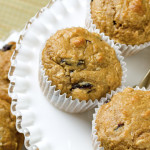 As Marie Antoinette said, “Let them eat cake.” Although I don’t want to encourage a steady diet of pastries, I don’t feel guilty serving Flourless Morning Glory Muffins by Running with Spoons or the Cheese and Veggie Muffins by Learn with Play at Home. These pseudo-pastries are excellent on-the-go lunch options and may inspire your kids to help with some baking!
As Marie Antoinette said, “Let them eat cake.” Although I don’t want to encourage a steady diet of pastries, I don’t feel guilty serving Flourless Morning Glory Muffins by Running with Spoons or the Cheese and Veggie Muffins by Learn with Play at Home. These pseudo-pastries are excellent on-the-go lunch options and may inspire your kids to help with some baking!
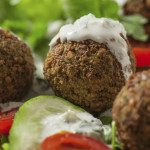 Luckily, my daughter’s enthusiasm for hummus, or any food made from protein-packed chickpeas, is almost as strong as her hankering for sugar-enriched bread goods. This recipe for Homemade Falafel with Tahini Sauce by Just a Taste is a winner, as are these Veggie Nori Rolls with Hummus by Kitchn. For an extra nutritional punch, substitute Avocado Hummus by Cooking Classy in place of regular hummus.
Luckily, my daughter’s enthusiasm for hummus, or any food made from protein-packed chickpeas, is almost as strong as her hankering for sugar-enriched bread goods. This recipe for Homemade Falafel with Tahini Sauce by Just a Taste is a winner, as are these Veggie Nori Rolls with Hummus by Kitchn. For an extra nutritional punch, substitute Avocado Hummus by Cooking Classy in place of regular hummus.
What child would turn down a chicken nugget lunch? These Quinoa Chicken Nuggets by Crème de la Crumb are a healthful alternative to processed versions. For a new way to introduce chicken to your child’s lunch, try these Chicken and Corn Patties by Food4Tots.
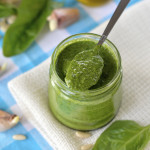 Replace the boring lunchtime sandwich with a dish with pizazz: Spinach Pesto by Diethood is a nutrition-packed spin on the classic pesto recipe. Once it’s prepared, you can easily create a kid-approved pasta salad in minutes.
Replace the boring lunchtime sandwich with a dish with pizazz: Spinach Pesto by Diethood is a nutrition-packed spin on the classic pesto recipe. Once it’s prepared, you can easily create a kid-approved pasta salad in minutes.
For top-notch nutrition, consider upping your use of these super foods, all of which are ingredients in the above recipes:
Almonds: Almonds are an excellent source of vitamin E, copper, magnesium and protein and contain healthy unsaturated fatty acids, fiber and antioxidants.
Apples: Apples are packed with vitamin C, B-complex vitamins, fiber, phytonutrients, calcium, potassium and phosphorus.
Avocados: Avocados are loaded with over twenty vitamins and minerals including beta-sitosterol, lutein, zeaxanthin, folate, fiber, vitamins C, E, K and B-6, riboflavin, niacin, pantothenic acid, magnesium, potassium, beta-carotene and omega-3s.
Bananas: Bananas are teeming with fiber and vitamins C and B6. They are also high in potassium, which helps to lower blood pressure. A study conducted by the Imperial College of London found that children who ate just one banana per day had a 34% lower chance of developing asthma. Bananas also reduce the risk of cancer, especially instances of childhood leukemia.
Broccoli: One cup of broccoli contains over 100% of the body’s daily need for vitamin C and K and is a good source of vitamin A, folate and potassium.
Carrots: Carrots are an antioxidant-rich vegetable saturated with beta-carotene and phytochemicals.
Chicken: Chicken is a great source of protein. It is also low in fat (when the skin is removed) and is full of selenium and vitamins B6 and B3.
Chickpeas: Chickpeas are a vegan and gluten-free source of protein and are laden with iron, vitamins B-6, C and K, magnesium, calcium, zinc, selenium, choline and potassium.
Corn: Corn is jam-packed with fiber, folate, thiamin, phosophorus, vitamin C and magnesium.
Eggs: Eggs are one of best sources of protein available, and they are abundant in vitamins and minerals essential to a healthy and balanced diet including vitamin A, B2, B12, D, E, biotin, choline, folic acid, iodine, iron, lutein, phosphorus, protein and selenium.
Oats: Oats are loaded with more dietary fiber than any other grain and are also rich in minerals including maganese, selenium, phosphorus, zinc and vitamin E.
Quinoa: Quinoa is gluten-free and contains iron, B-vitamins, magnesium, phosphorus, potassium, calcium, vitamin E and fiber. It is one of the only a few plant foods that is considered a complete protein and contains all of the essential amnio acids.
Spinach: Spinach is the best source for potassium, even better than a banana, and abounds in iron, calcium magnesium, vitamin K, fiber, phosphorus and thiamine.
Tahini: Tahini, or sesame butter, is rich in fiber, protein, calcium and omega-3s.
Walnuts: Walnuts are saturated with vitamin E, folate, melatonin, omega 3 fats and antioxidants, all of which help improve brain health and reduce insulin levels.

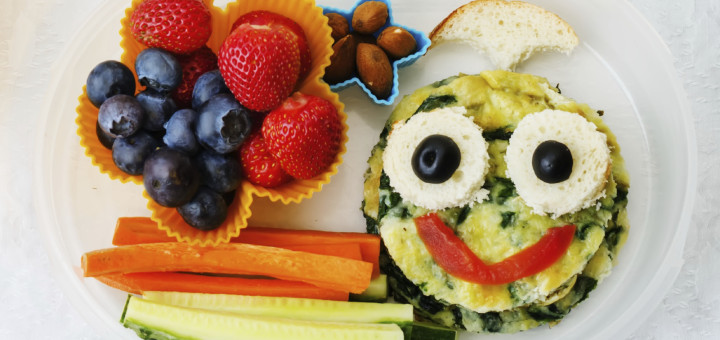
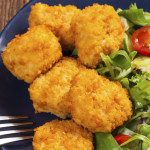





Superb, what a webpage it is! This website provides helpful data to us, keep it up.
Great read. Thanks for sharing!
I liked that. Will there be
a part 2?
I absolutely love your blog.
Hi! This is my 1st comment here so I just wanted to give
a quick shout out and tell you I truly enjoy reading
your posts.
Hi my friend! I want to say that this article is awesome
I simply want to mention I loved your blog. You actually have really good articles and reviews.
I value the post. Much thanks again.
Great website! It looks extremely professional! Keep up the excellent work!|